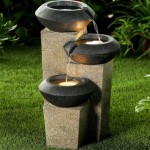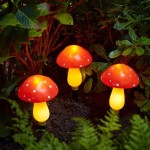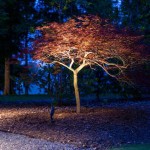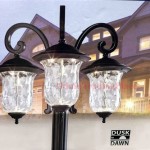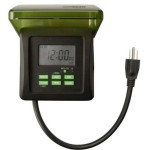How To Install an Outdoor Wood Burner
Outdoor wood burners offer an alternative heating solution, potentially reducing reliance on traditional fossil fuels. However, proper installation is crucial for safety and efficiency. This guide outlines the key steps involved in installing an outdoor wood furnace.
Planning and Preparation: Before purchasing a wood burner, consult local building codes and ordinances. Some areas have specific regulations regarding outdoor furnaces, including setback distances from property lines and structures. Contact local authorities to ensure compliance. Determine the heating needs of the building the furnace will serve. This calculation will help select an appropriately sized unit.
Choosing a Location: Select a level, well-drained location for the furnace. Consider prevailing wind direction to minimize smoke impact on the main dwelling and neighboring properties. Ensure adequate clearance around the furnace for safe operation and maintenance. The manufacturer's instructions will specify the required clearances. Proximity to a water source is also beneficial for filling the system.
Foundation Construction: A solid, level foundation is essential for the stability and longevity of the outdoor wood burner. A concrete pad is generally recommended. The dimensions of the pad should exceed the furnace's footprint, providing a stable base. Consult the manufacturer's specifications for recommended foundation dimensions and construction techniques.
Furnace Placement: Once the foundation has cured, carefully position the furnace onto the pad. Ensure it is level and centered. Use shims if necessary to achieve perfect levelness. Secure the furnace to the foundation according to the manufacturer's instructions. This may involve anchor bolts or other securing mechanisms.
Connecting the Water Lines: Outdoor wood furnaces utilize a water jacket system to transfer heat to the building. PEX piping, known for its flexibility and durability, is commonly used for this purpose. Connect the supply and return lines from the furnace to the underground conduit leading to the building. Ensure all connections are tight and properly sealed to prevent leaks. Insulate the underground piping to minimize heat loss.
Wiring the System: The furnace requires electrical power for components such as the circulating pump and controls. Consult a qualified electrician to ensure proper wiring and connection to the electrical panel. Follow all local electrical codes and regulations. Use appropriate conduit and wiring for outdoor applications.
Chimney Installation: Proper chimney installation is crucial for safe and efficient operation. The chimney must be of adequate height to ensure proper draft and prevent smoke from accumulating near the ground. Consult the manufacturer's specifications for recommended chimney height and diameter. Use approved chimney materials and components. Ensure all joints are sealed to prevent leaks.
Filling the System: Once all connections are complete, fill the system with water. Slowly add water to prevent airlocks. Bleed the air from the system using the bleeder valves located on the furnace and potentially within the building. Continue filling until the system is pressurized according to the manufacturer's recommendations.
Initial Firing and Testing: Before regular use, perform an initial firing and testing procedure. Start with a small fire to allow the furnace and chimney to cure. Gradually increase the fire size over several hours. Monitor the system for leaks and proper operation. Check the water pressure and temperature gauges. Consult the manufacturer's instructions for detailed startup procedures.
Ongoing Maintenance: Regular maintenance is crucial for the longevity and efficiency of the outdoor wood burner. Remove ash regularly to maintain proper airflow. Inspect the chimney periodically for creosote buildup and clean as needed. Check the water level and pressure regularly. Perform annual maintenance as recommended by the manufacturer. This may include cleaning the heat exchanger and inspecting the components.
Safety Considerations: Always follow the manufacturer's safety instructions. Keep flammable materials away from the furnace. Never leave the furnace unattended while in operation. Install carbon monoxide detectors inside the building. Educate all household members about safe operation and emergency procedures.
Fuel Selection and Storage: Use seasoned hardwood for optimal burning efficiency and minimal smoke production. Avoid burning treated lumber, painted wood, or other materials that could release harmful toxins. Store firewood in a dry, well-ventilated area away from the furnace.

Installation Of A Nature S Comfort Outdoor Wood Furnace

Installation Of A Nature S Comfort Outdoor Wood Furnace

Plumbing Installation Ez Boilers Outdoor

Installation Diagrams Portage Main Boilers Duluth Mn Boiler Outdoor Wood Furnace Burner

Wood Boiler Basics Obadiah S Boilers

Outdoor Furnace Installation Tips For Do It Yourselfers And Pros

Install Outdoor Wood Boiler Tutorial

Outdoor Boiler Hook Up Kits

Installation Of A Nature S Comfort Outdoor Wood Furnace

Find Out How To Install A Shaver Outdoor Wood Burning Furnace Boiler Stove
Related Posts

